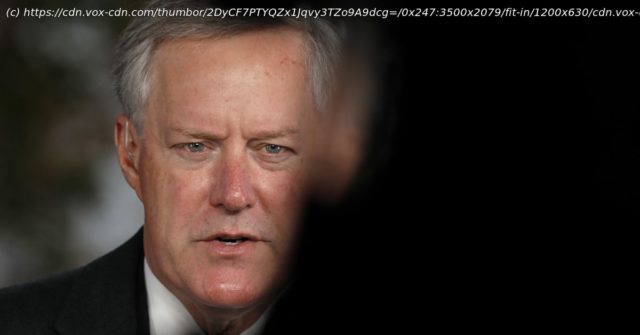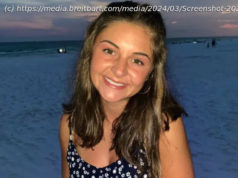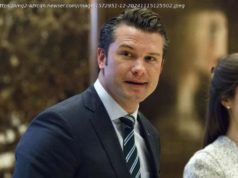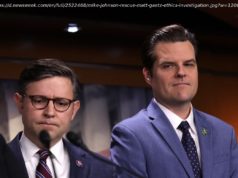The committee revealed more about its hoped-for endgame.
Former White House chief of staff Mark Meadows is the latest ex-Trump aide to face legal jeopardy related to the House of Representatives’ investigation of the January 6 insurrection. The House voted to hold Meadows in contempt of Congress Tuesday after Meadows skipped a scheduled deposition and refused to provide documents the committee had subpoenaed. The move comes after Meadows himself sued the committee and House Speaker Nancy Pelosi last week, arguing their subpoenas were overbroad. The contempt vote was 222-208, with only two Republicans, investigation committee vice chair Liz Cheney (R-WY) and retiring Rep. Adam Kinzinger (R-IL), joining Democrats to vote in favor. The committee badly wants Meadows’s testimony because he was at President Donald Trump’s side on and before the events of January 6, and clearly has knowledge of several topics they are investigating, such as why it took Trump so long to intervene and try to end the violence on that day. Meadows doesn’t want to give that testimony, or hand over all of the documents the committee has requested. The House vote is, in practice, a recommendation that the Justice Department charge Meadows criminally. In the last such referral in the insurrection investigation, the department acted quickly, getting a grand jury to indict Steve Bannon just a few weeks later. But unlike Bannon, who was a private citizen during the events in question, Meadows was an executive branch employee, so the Justice Department will have to consider the legal concept of executive privilege — the right of the president to shield communications from other branches of government like Congress. Meadows argues he’s trying to protect presidential privilege by not testifying. But he’s handed over some documents already, including a bizarre PowerPoint presentation he was sent and text exchanges he had while the insurrection was taking place. Members of the committee have pointed out that he won’t even agree to testify under subpoena about these, which they say demonstrates contempt of Congress. There’s much speculation about what Meadows might be trying to hide, but that question is unanswerable at this point. However, Cheney revealed more about what the committee might be trying to build toward, in comments alluding to questions about whether Trump obstructed an official proceeding with his actions “or inaction” on and around January 6. It remains unclear whether such a case will be made, or if the Justice Department will pursue it. Still, the big picture of what happened after the 2020 election has been clear for some time: Trump tried to steal it. He tried to do so by pressuring GOP officials (including his own vice president) to seize power and overturn the outcome. He entertained proposals about more extreme executive actions, but did not follow through. He whipped his supporters into a frenzy, and when they stormed the Capitol, he was delighted, and slow to tell them to stand down. And despite all that, Donald Trump is leading most recent polls of a 2024 rematch against President Joe Biden.






